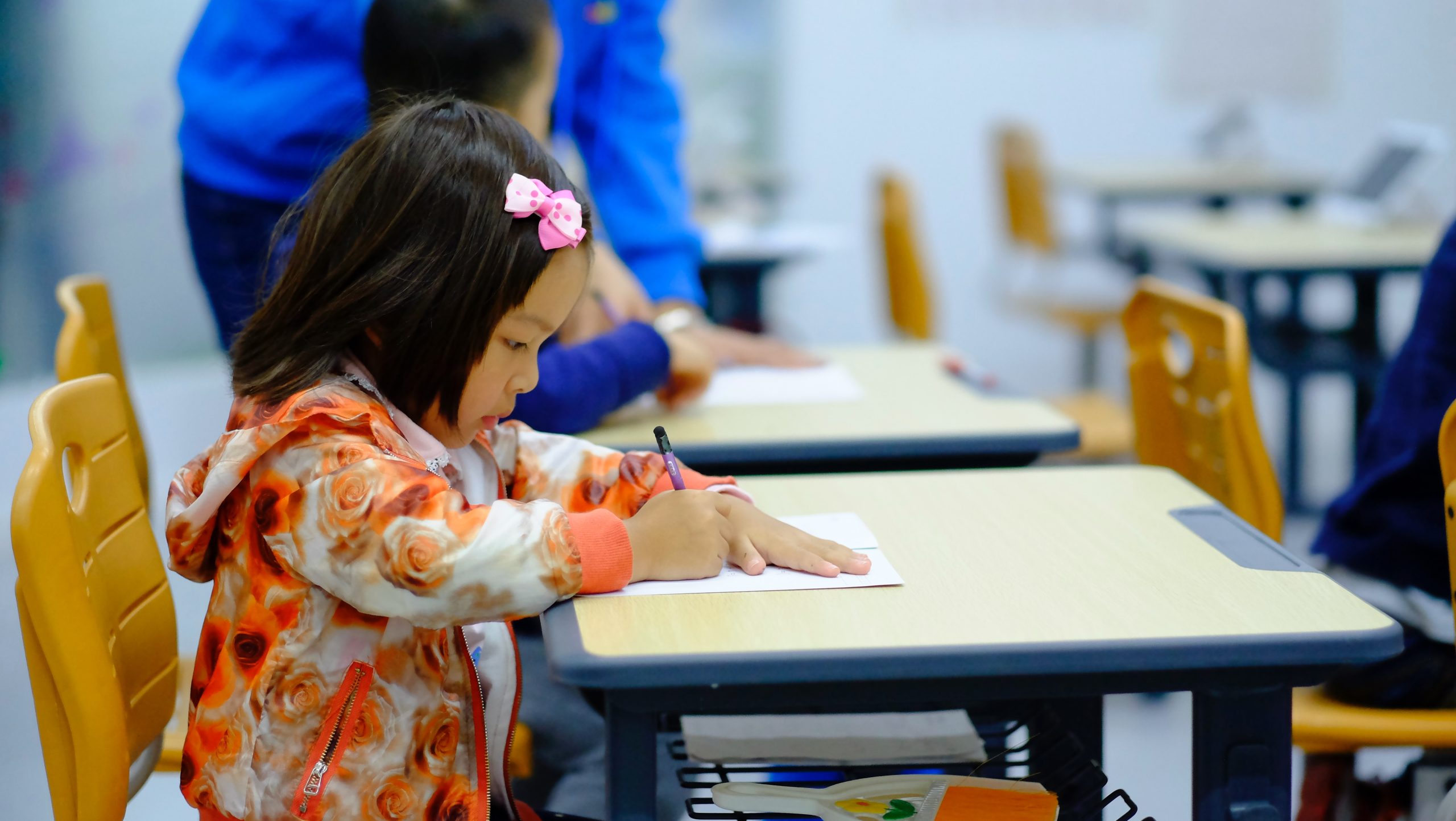
Benedict was doing pie charts and equivalent fractions when he started in reception at primary school. He joined Mensa aged 4, and it was clear that it would be almost impossible to get the differentiation in the classroom that he would need to feel challenged. Stumbling across flexischooling as an option that allowed for part-time school-based education and part-time home-based education felt like the perfect solution, and it was. Some of the happiest and most enriching times were in those flexi days, but with the opportunity to get all of the richness that comes from being in school.
Flexischooling has grown in popularity over the last few years, partly because of the pressures on the education system around increased class sizes, crowded curriculum, and teachers and resources stretched thin. Partly also because parents are looking for a more individualised education experience than schools can offer.
Flexischooling is an innovative educational approach that combines elements of traditional school attendance and classroom learning with home-based education. The purpose of flexischooling is to provide families and students with greater flexibility in their educational journey, accommodating diverse learning styles and individual needs.
The characteristics of Flexischooling are:

Flexischooling is full time education
Parents of children of compulsory school age have a legal duty to ensure that their child receives an efficient full-time, suitable education by “regular attendance or otherwise.”
Parents can fulfil this duty by sending their child to school full time, by educating their child at home or through a “flexi-schooling” approach.
Full time education at school or home are well known. The approach to flexi-schooling is not explicitly covered by the law. However, there is Department for Education guidance which does apply to this situation. The relevant sections are highlighted below.
In summary the legal position is that parents can fulfil their statutory duty through flexi-schooling but there is no right to flexi-schooling.

“1.3 Although children being home-educated are not normally registered at any school, parents sometimes choose to make arrangements for a child to receive part of the total provision at a school – the purpose of this will often be to provide education in specific subjects more easily than is possible at home. Such arrangements are sometimes known as ‘flexi-schooling’. Schools are under no obligation to agree to such arrangements*, but some are happy to do so. When a child is flexi-schooled, the parents must still ensure that the child receives a suitable full-time education but the element received at school must be taken into account in considering whether that duty is met, just as it should be when a child attends other settings on a part-time basis as described above. Bearing that in mind, this guidance applies as much to children who are flexi-schooled as it does to others who are educated at home.
10.8 Schools are not obliged to accept such [flexi-schooling] arrangements if requested by parents. If they do, then time spent by children being educated at home should be authorised as absence in the usual way and marked in attendance registers accordingly. It is not appropriate to mark this time as ‘approved off-site activity’ as the school has no supervisory role in the child’s education at such times and also has no responsibility for the welfare of the child while he or she is at home. The department does not propose to institute a new attendance code specific to flexi-schooling. Some schools have expressed concern that such absence may have a detrimental effect for the purpose of Ofsted inspection, but this is not the case; some schools with significant flexi-schooling numbers have had good outcomes from Ofsted inspections. Schools which have flexi-schooled pupils should be ready to discuss with Ofsted inspectors the arrangements they have in place to deal with the requirements caused by such pupils. Schools are held to account through inspection for the performance of pupils, and that will include any who attend the school as part of a programme of flexi-schooling.”
~ Department for Education



